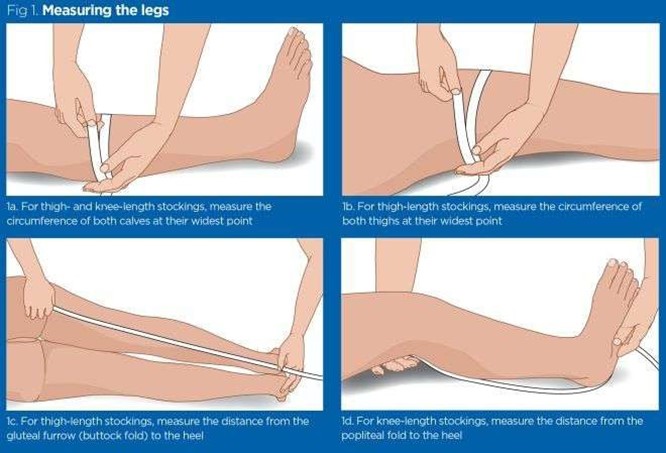A nurse is completing medication reconciliation for a client prior to their transfer to a rehabilitation facility.
Which of the following actions should the nurse take?
Review the adverse effects of the medication with the client.
Compare the current and newly prescribed medications and note any discrepancies.
Send a list of the prescribed medications to the client's pharmacy.
Include the medications the client received during surgery on the client's medication list.
The Correct Answer is B
Compare the current and newly prescribed medications and note any discrepancies.
During medication reconciliation, the nurse should compare the client’s current medication orders with the medications that the client has been taking and note any discrepancies.
Choice A is wrong because Reviewing the adverse effects of the medication with the client, is not part of medication reconciliation.
Choice C is wrong because Sending a list of the prescribed medications to the client’s pharmacy, is not part of medication reconciliation.
Choice D is wrong because Including the medications the client received during surgery on the client’s medication list, is not part of medication reconciliation.
Nursing Test Bank
Naxlex Comprehensive Predictor Exams
Related Questions
Correct Answer is B
Explanation
Heparin is an anticoagulant medication that is used to decrease the clotting ability of the blood and help prevent harmful clots from forming in blood vessels.
The activated partial thromboplastin time (aPTT) is a laboratory test commonly used to monitor unfractionated heparin therapy.
An aPTT value of 90 seconds is above the therapeutic range and indicates that the heparin infusion rate should be decreased.
Choice A is wrong because Erythrocyte sedimentation rate 18 mm/hr, is not the correct answer because it is not used to monitor heparin therapy.
Choice C is wrong because INR.2, is not the correct answer because it falls within the normal range for INR values and is not used to monitor heparin therapy.
Choice D is wrong because Platelets 350,000/mm, is not the correct answer because it falls within the normal range for platelet counts and is not used to monitor heparin therapy.
Correct Answer is D
Explanation

Heparin therapy is used to prevent thrombus propagation and distal embolization while allowing the endogenous fibrinolytic system to dissolve existing clots in deep-vein thrombosis (DVT)1.
A reduction in calf circumference may indicate that the clot is dissolving and the therapy is effective.
Choice A is wrong because platelets within the expected reference range do not necessarily indicate that heparin therapy for DVT is effective.
Choice B is wrong because INR (International Normalized Ratio) is used to monitor warfarin therapy, not heparin therapy.
Choice C is wrong because the presence of pedal pulses bilaterally does not necessarily indicate that heparin therapy for DVT is effective.
Whether you are a student looking to ace your exams or a practicing nurse seeking to enhance your expertise , our nursing education contents will empower you with the confidence and competence to make a difference in the lives of patients and become a respected leader in the healthcare field.
Visit Naxlex, invest in your future and unlock endless possibilities with our unparalleled nursing education contents today
Report Wrong Answer on the Current Question
Do you disagree with the answer? If yes, what is your expected answer? Explain.
Kindly be descriptive with the issue you are facing.
